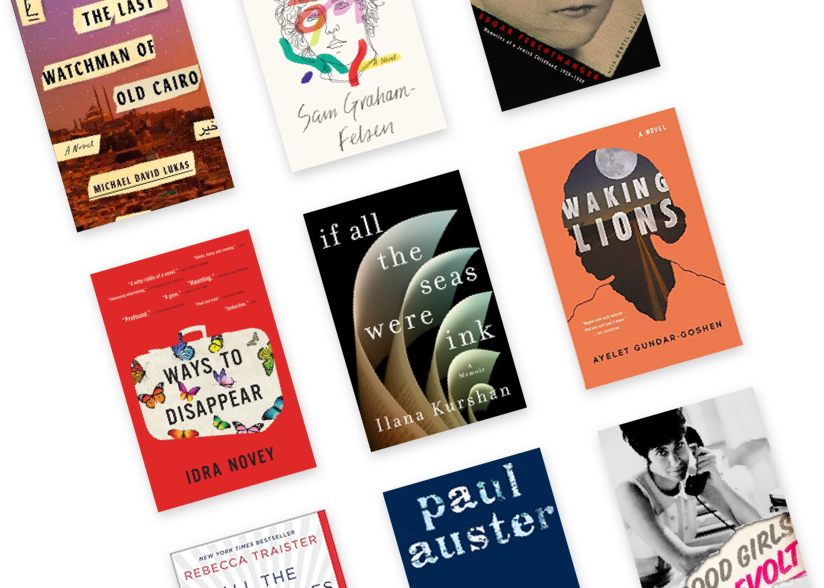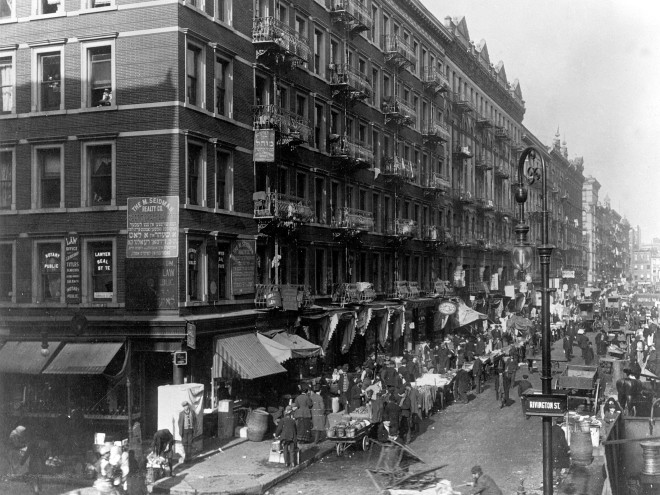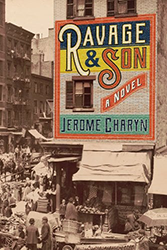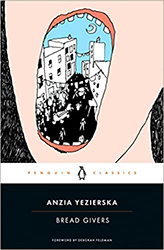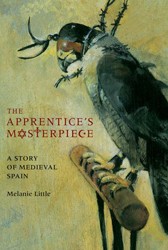In his new novel, The Palace at the End of the Sea, Simon Tolkien chronicles the early life of Theo Sterling. At a pivotal moment, Theo is ripped from the innocence of childhood and thrown into the confusing, impressionable, and oftentimes lonely experience of adolescence. In many ways a classic coming-of-age tale, but by no means unoriginal, Tolkien’s latest work combines masterful storytelling, immersive historical detail, and dynamic character development.
Tolkien’s captivating prose is fluid and unobtrusive, freeing the reader to engage more deeply with the story’s substance. Over the course of the novel, the author captures the unique character and energy of Theo’s shifting environments — from Depression-era New York City to a hallowed English boarding school, to a small town in southern Spain.
The author also imbues his protagonist with depth and invests in the relationships between Theo and those around him. Theo wants to be his own man, but throughout his tumultuous youth he is forced to contend with the impact and ideologies of his family and friends. From an early age, he is weighed down by the baggage of his parents – his father’s rejection of Jewishness and unwavering belief in the American dream, and his mother’s devotion to Catholicism in the face of traumatic religious persecution. As time goes by, Theo finds himself drawn to mentors and friends offering revolutionary ideas, much to the chagrin of others in his life. With each instance of personal upheaval, as well as a growing awareness of the challenges facing the world in his time, Theo is caught between notions of tradition and revolutionary change, weighing whether to submit to what is expected of him, to embrace new ideas, or to simply follow his heart.
Around the midpoint of the novel, Theo’s schoolmate and friend says to him, “The trouble with you, Theo, is that you think you can have your cake and eat it. And maybe you can for now, but one day, sooner or later, you’re going to have to choose. You’re going to have to decide which side you’re on.” While Theo makes choices of great significance throughout his youth, by the end of the book he has yet to make that ultimate choice proposed by his friend. Clearly, readers will have to wait for Volume Two of Tolkien’s duology to find out what will become of Theo Sterling as he continues his journey through adolescence and into adulthood.

